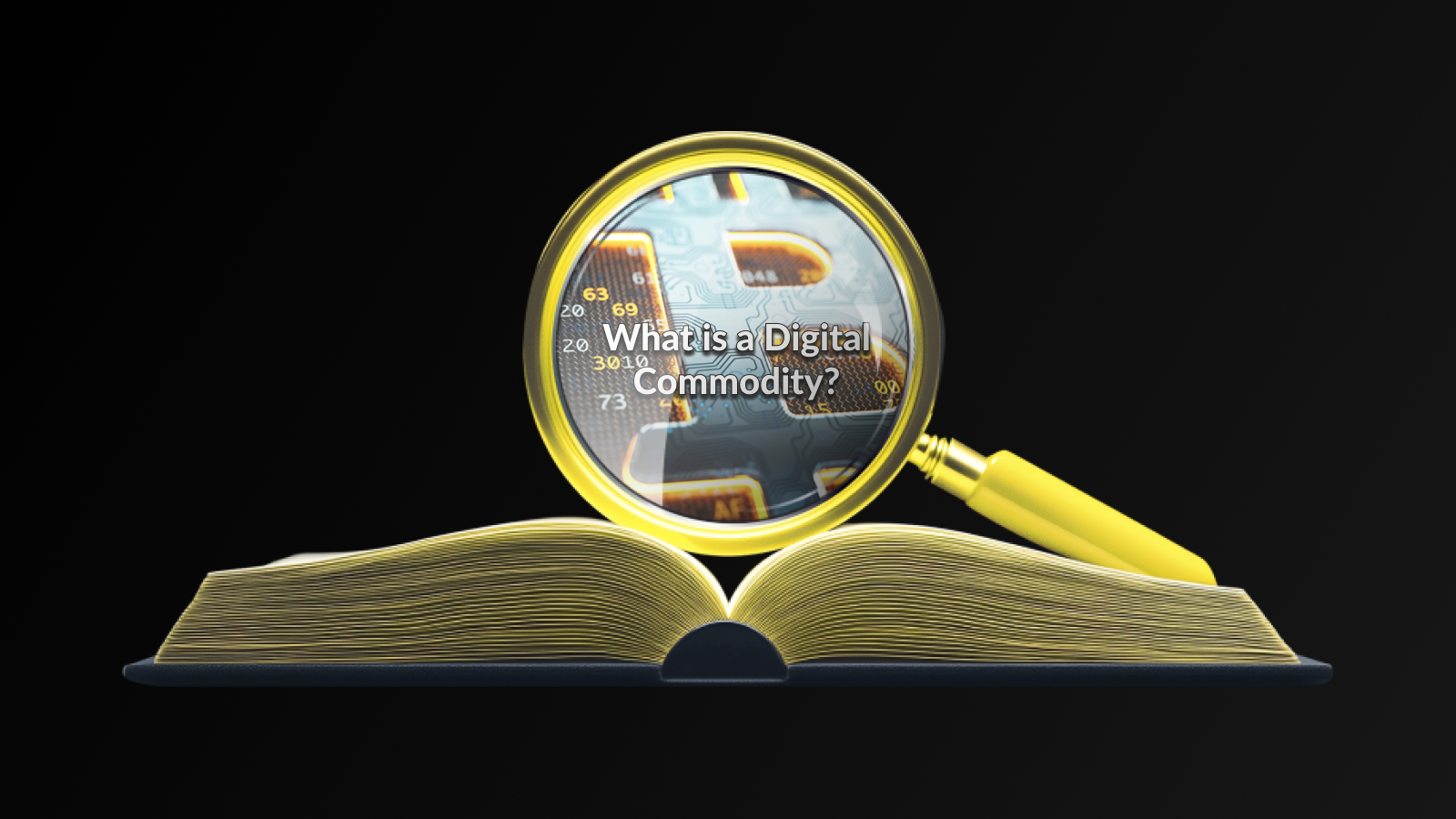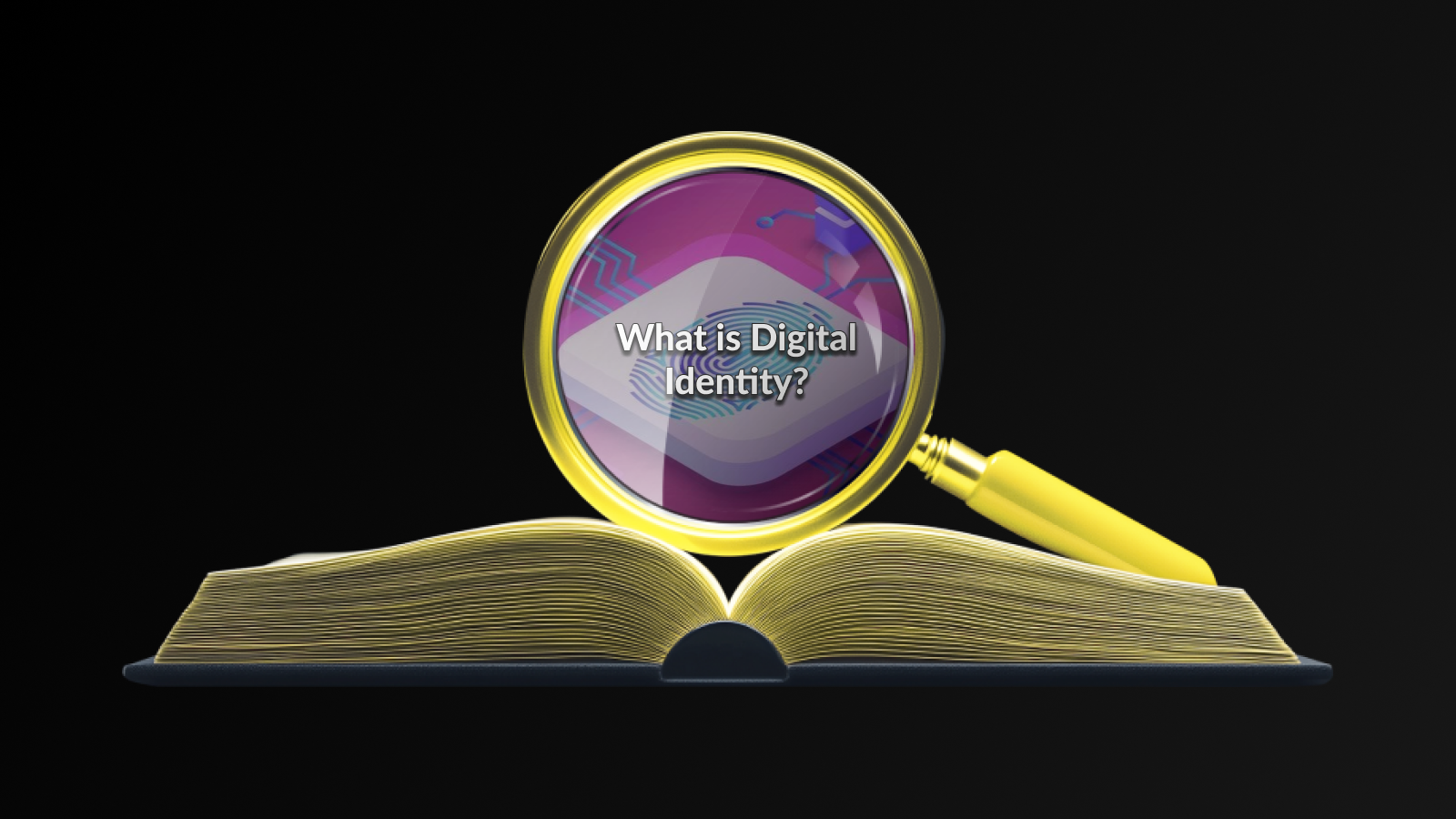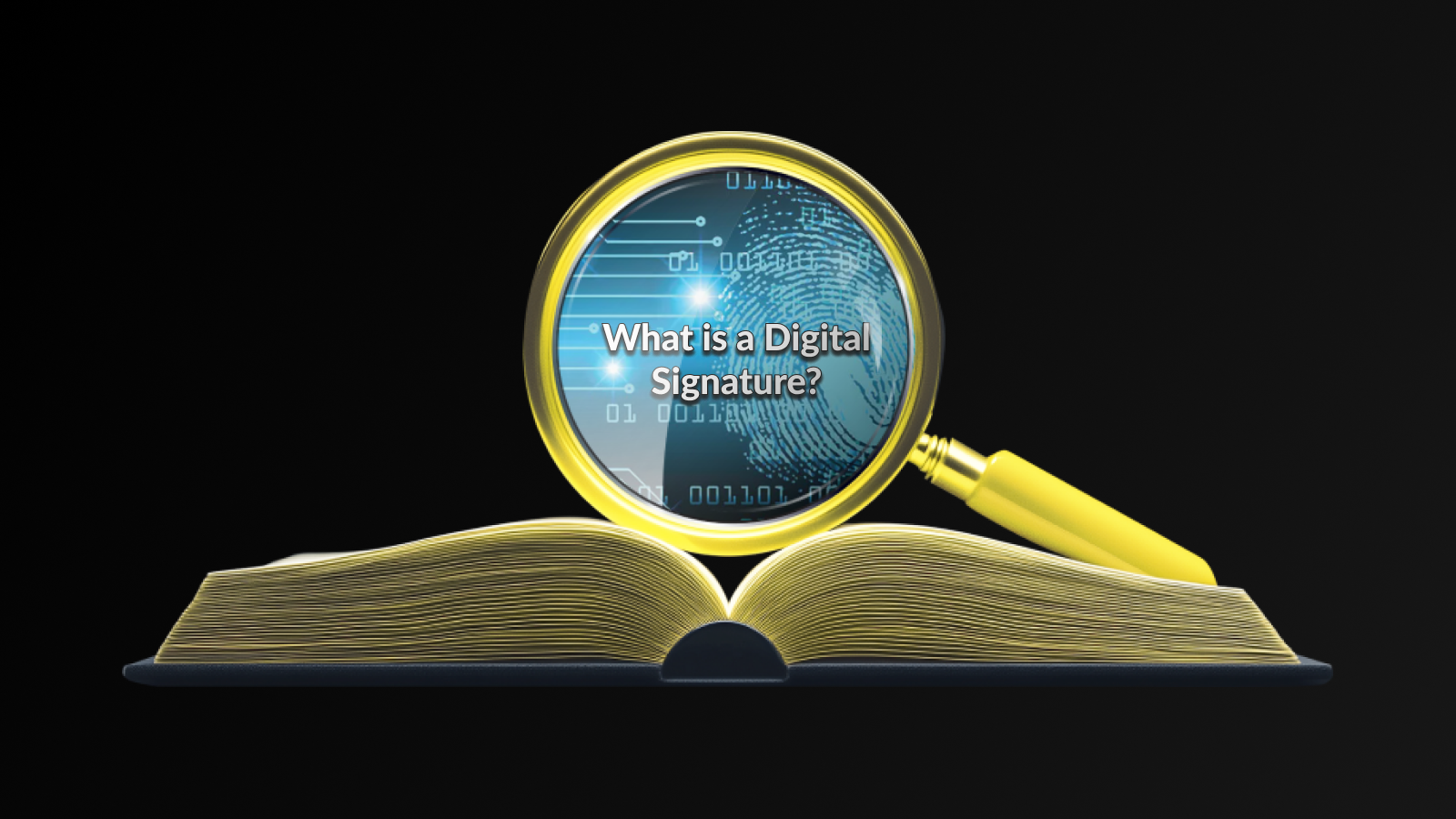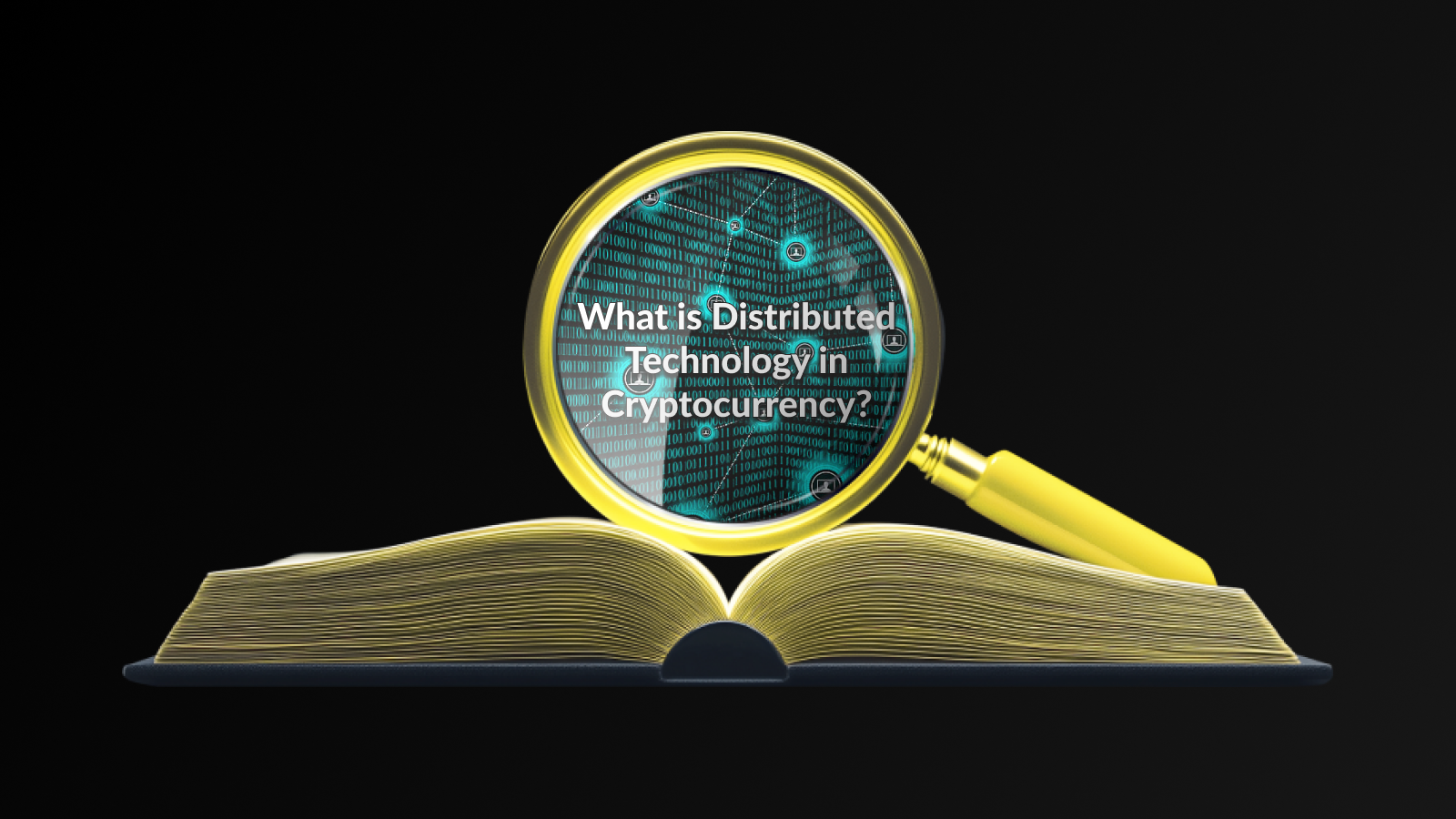Introduction
The evolution of Digital Currency marks a significant shift in how we perceive and engage with money. Unlike traditional physical currencies, digital currencies exist only in electronic form, facilitating transactions and commitments through technology. This modern approach has not only streamlined the process of financial exchanges but has also opened up new avenues for investment and commerce.
At its core, digital currency leverages cutting-edge technologies such as blockchain to ensure security and transparency. This technology empowers users by allowing them to maintain control over their funds in a decentralized manner, contrasting sharply with the centralized financial systems we are accustomed to.
The rapid advancement and adoption of digital currencies can be attributed to their numerous benefits, including lower transaction fees, faster transfer speeds, and the convenience of conducting transactions globally without the hassles associated with traditional banking. As adoption grows, so does the variety of digital currencies available in the market today.
Overall, the rise of digital currency sets the stage for a financial landscape drastically different from what we know. As different sectors integrate this technology, understanding its implications becomes increasingly important for both consumers and businesses alike.
Types of Digital Currencies
Digital currencies encompass a diverse range of assets, each with unique characteristics and functionalities. The most well-known type is cryptocurrency, which operates on decentralized networks using blockchain technology. Examples of cryptocurrencies include Bitcoin and Ethereum, both of which have gained significant traction in investment and transaction markets.
Another category is Central Bank Digital Currencies (CBDCs), which are issued and regulated by central banks. These digital currencies aim to provide a stable alternative to cryptocurrencies and have been piloted in various countries to enhance payment systems.
Stablecoins are also a prominent type of digital currency, specifically designed to maintain a stable value relative to a fiat currency, such as the US dollar. This stability makes them an appealing choice for transactions and investments, bridging the gap between traditional currencies and cryptocurrencies.
There are payment tokens, which are created to facilitate specific applications or platforms. These tokens can be used for transactions within their ecosystem, offering users incentives or additional functions within digital marketplaces.
How Does Digital Currency Work?
Digital currency operates on the principles of cryptography and blockchain technology, which enhance security and transparency in transactions. Unlike traditional currencies issued by governments, digital currencies are created and managed electronically. Here’s an overview of how digital currency works:
Blockchain Technology
The backbone of most digital currencies is a decentralized database known as blockchain. This technology enables a secure and immutable record of transactions across a network of computers. Each transaction is verified by network participants, making it nearly impossible to alter past records.
Encryption and Security
Digital currencies employ complex cryptographic techniques to secure transactions. Each transaction is encrypted, ensuring that only authorized users can access and approve them. This high level of security is a key feature that sets digital currency apart from traditional forms of money.
Wallets and Transactions
Users store their digital currency in digital wallets, which are software applications or hardware devices. To conduct a transaction, users must have their wallet and the recipient’s address. Transactions occur when users send currency from their wallet, which is then validated by the network and recorded on the blockchain.
The process of how digital currency works revolves around advanced technology and security mechanisms that enable the efficient transfer of value without the need for traditional banking systems. This innovative approach to currency is reshaping the financial landscape and providing new opportunities for users worldwide.
The rise of Digital Currency presents numerous benefits and challenges that warrant careful consideration. On the positive side, digital currencies offer enhanced transaction efficiency. They allow for instant cross-border payments without the need for traditional banking systems, thus minimizing delays and transaction fees. This efficiency is particularly beneficial for businesses and individuals engaged in international trade.
Moreover, Digital Currency can provide greater financial inclusion, giving access to financial services for those who are unbanked or underbanked. Through mobile apps and online wallets, users can store and manage their funds more easily, empowering them to participate in the global economy.
However, these advantages come with significant challenges. The volatility of many digital currencies can lead to unpredictable value fluctuations, posing risks for both investors and everyday users. Regulatory uncertainty also presents a major hurdle, as governments around the world grapple with how to effectively oversee this new form of currency.
Moreover, the potential for misuse often leaves Digital Currency associated with illicit activities, creating a negative perception among the general public. Balancing the innovation of this financial frontier with the necessary regulations will be crucial for fostering a safe and stable environment for all users.
The Future of Digital Currency
The future of Digital Currency is poised to be transformative, shaping the way we think about money, transactions, and financial systems globally. As technology continues to evolve, digital currencies are likely to become more integrated into everyday life. Central bank digital currencies (CBDCs) are gaining traction, with numerous countries exploring their implementation. These government-backed solutions aim to enhance monetary policy effectiveness while providing a stable and secure alternative to private cryptocurrencies.
Moreover, advancements in blockchain technology will further facilitate innovation in the Digital Currency landscape. Enhanced security features and faster transaction processes will potentially increase user confidence and drive wider adoption amongst individuals and businesses alike. The decentralized nature of many digital currencies also opens up financial systems to those who are currently underserved, promoting inclusivity.
Regulatory frameworks will play a critical role in defining the future of Digital Currency. Governments and financial institutions are already working together to establish regulations that ensure safer transactions while preventing fraud and financial crime. As these regulations solidify, they may provide stability and encourage more users to embrace digital forms of money.
The advancement of Digital Currency has implications beyond simple transactions. It challenges the traditional concepts of banking, currency valuation, and money supply, fostering discussions about economic sovereignty and the future of financial transactions globally. As we move forward, the collaboration between technological innovation and regulatory guidance will be essential in navigating the future of digital currencies.
Frequently Asked Questions
What is digital currency?
Digital currency is a form of currency that is available only in digital form and does not have a physical counterpart. It can be used to buy goods and services online or be traded for traditional currencies.
How does digital currency differ from traditional currency?
Digital currency differs from traditional currency primarily in its format; it exists electronically rather than in physical bills or coins. Additionally, digital currencies are often decentralized and can operate on blockchain technology, whereas traditional currencies are typically issued and regulated by central authorities.
What are some examples of digital currencies?
Some prominent examples of digital currencies include Bitcoin, Ethereum, Ripple, and Litecoin. Each of these currencies operates on its own underlying technology and serves different purposes within the digital economy.
What is the purpose of digital currency?
The purpose of digital currency is to facilitate online transactions, support the transfer of value without the need for intermediaries, and provide a secure method of storing and transferring wealth. It aims to improve efficiency and lower transaction costs in financial systems.
Is digital currency safe to use?
While digital currency has security measures in place, such as encryption and blockchain technology, it is not entirely risk-free. Users must practice caution against hacking, scams, and market volatility. It is essential to use secure wallets and follow best practices for safeguarding digital assets.
What is the role of blockchain technology in digital currency?
Blockchain technology underpins most digital currencies by providing a decentralized, immutable ledger that records all transactions. This technology enhances security, transparency, and trust among users, reducing the need for third-party intermediaries.
Can digital currency be converted to traditional currency?
Yes, most digital currencies can be converted to traditional currencies through various cryptocurrency exchanges. Users can trade digital currencies for fiat currencies like the US dollar or euro, enabling real-world spending and investment.
Disclaimer
This article is for informational purposes only and does not constitute financial, investment, or legal advice. Digital currencies and cryptocurrencies carry risks related to market volatility, regulatory changes, and cybersecurity. Always conduct your own research and consult with a licensed professional before making investment decisions. Darkex does not guarantee the accuracy or reliability of third-party information referenced in this article.





